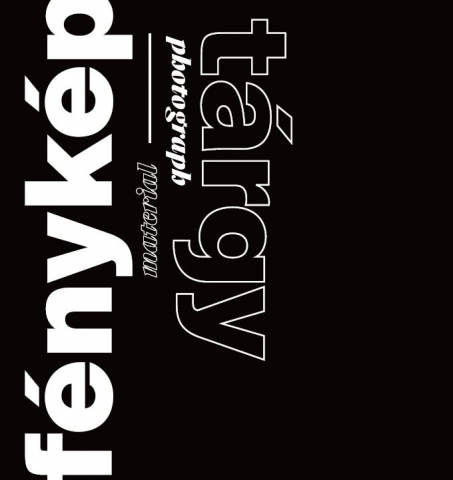

How is a historical photo collection established, and how does it then grow? What principles and ideas guide the people responsible for such a collection? What do we mean when we say that photographs carry more than their content that they represent, but are material objects at the same time? What can we learn from a close-up view from of a photo-archive?
Can photographs be separated from the space, the time and the social environment in which they were created? Or can we claim that a photographs’ history is, at the same time, the history of its use? What sources do we use in our work? What do historians do, and what more could they do, with photographs?
In this amply illustrated, bilingual volume, the historian-museologists of the Hungarian National Museum use specific examples to seek answers to these and other questions.
Introduction
Éva Fisli: Material photograph: behind the words
Supports
Etelka Baji: Relics of the early days of photography at the Hungarian National Museum
Beatrix Lengyel: Fragile duality. Photoceramics by Ferenc Veress at the Historical Photo Department
Photography and society – Usage of photographs
Emőke Tomsics: Halo. The beginnings of night photography in Hungary
Katalin Jalsovszky: The photographic representation of the Holocaust in Hungary
Katalin Bognár: Usage of photographs in Hungary in the early 1950s: press illustrations and birthday albums
Marianna Kiscsatári: “To ‘Uncle’ Kádár, as a keepsake…” The politician’s image in the photo albums presented to János Kádár as gifts
Photo history – in another way
Ilona Balog Stemler: Not there. Not then. About report photos by Károly Escher (1890–1966)
Éva Fisli: On the verso of a relationship. André Kertész and Robert Capa
Recommended Literature






